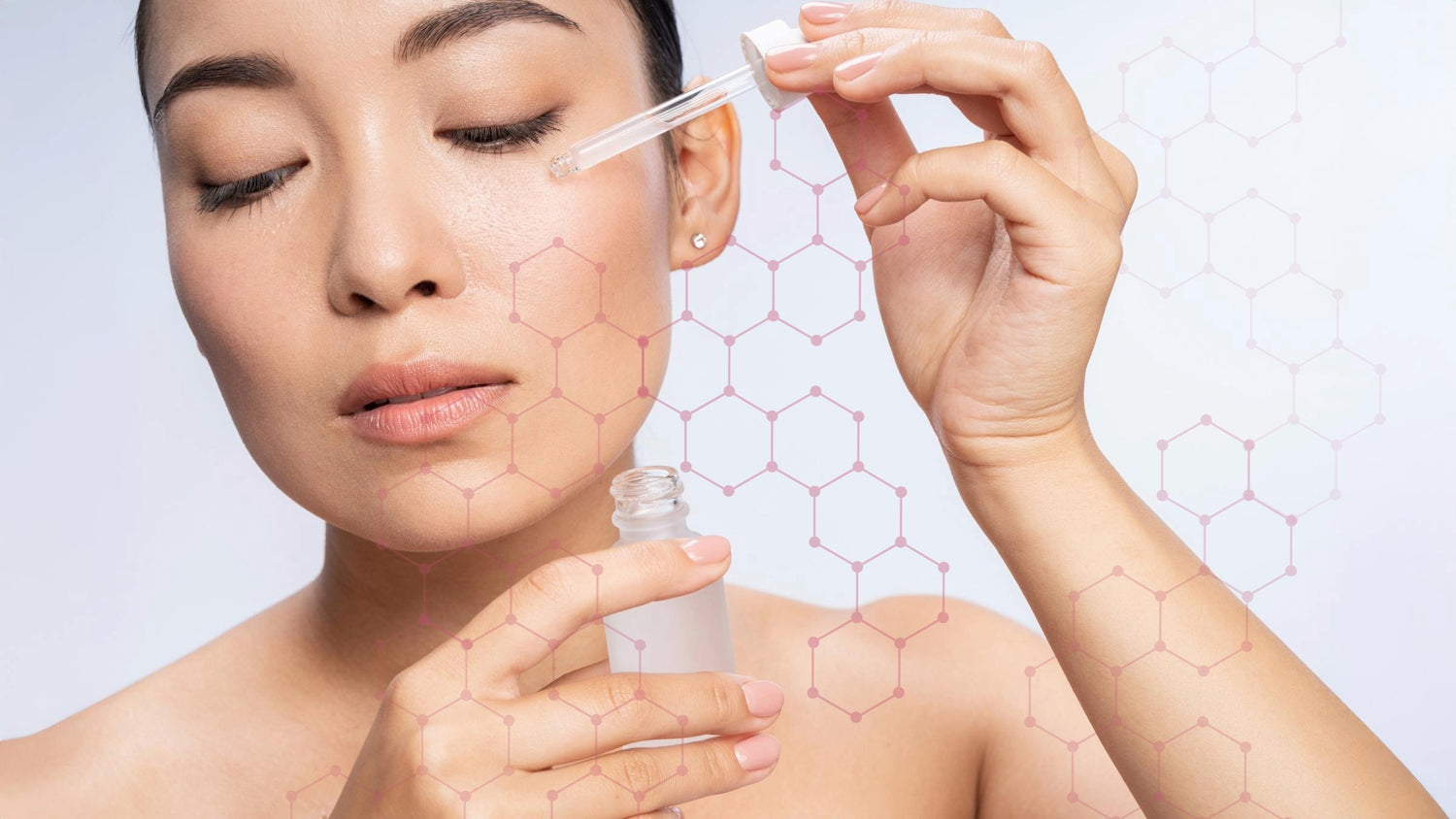When it comes to keeping your skin soft, supple, and healthy, the terms hydrating and moisturizing often get thrown around like they're interchangeable. But hold up—hydrating face creams and moisturizers aren't exactly the same thing! If you're confused about what to use and when, you’re not alone. The differences might seem small, but they can make a big impact on your skin’s appearance and overall health.
Let’s dive into the details of hydrating face creams vs. moisturizers, so you can figure out which one is the best fit for your skin.
1. The Key Difference: Hydration vs. Moisture
The primary difference between a hydrating face cream and a moisturizer lies in what each product does for your skin.
- Hydrating face creams are designed to increase water content in your skin. They pull moisture from the environment or deeper layers of your skin to boost hydration levels. The goal? Plump, glowing skin that feels fresh and looks dewy.
- Moisturizers, on the other hand, focus on locking in moisture and preventing water loss. They create a protective barrier on the skin's surface to trap moisture, keeping your skin soft and supple.
In simpler terms: hydrating products give your skin water, while moisturizers help retain that water.
2. Who Needs a Hydrating Face Cream?
If your skin feels tight, looks dull, or has visible fine lines (especially after cleansing), it might be dehydrated. Even oily or combination skin types can suffer from dehydration—yes, your skin can be both oily and thirsty at the same time! Hydrating face creams are a perfect solution, providing a lightweight, water-based formula that replenishes your skin’s moisture levels without clogging pores.
Hydrating ingredients to look for:
- Hyaluronic acid (a superstar for pulling moisture into the skin)
- Glycerin
- Aloe vera
3. Who Needs a Moisturizer?
Moisturizers are essential for anyone with dry or flaky skin. If your skin feels rough to the touch or is visibly cracked, you need a moisturizer to lock in hydration and protect your skin’s barrier. Moisturizers are especially helpful during colder months when the air is dry, and your skin tends to lose moisture more quickly.
Moisturizing ingredients to look for:
- Ceramides (help repair the skin barrier)
- Shea butter
- Oils like jojoba or almond oil
4. Can You Use Both?
Absolutely! In fact, many people benefit from layering both a hydrating face cream and a moisturizer. Here’s how you can incorporate both into your routine:
- Start with a hydrating face cream to flood your skin with moisture.
- Follow it up with a moisturizer to lock in that hydration and keep your skin smooth.
This combo works especially well if you have dry or dehydrated skin and need both hydration and moisture to maintain healthy skin.
5. How to Choose the Right Product for You
If your skin is oily or acne-prone but feels tight or dull, a hydrating face cream is likely all you need. It will hydrate your skin without adding extra oil. If your skin is dry or flaky, a thicker moisturizer might be necessary to lock in hydration and protect the skin barrier.
For those with combination skin, you might find success by using a hydrating face cream during the day (when you don’t want something heavy), and a moisturizer at night for extra nourishment.
Final Thoughts
At first glance, hydrating face creams and moisturizers might seem like the same thing, but they actually serve two different but equally important functions for your skin. If your skin needs a drink, opt for a hydrating face cream. If it’s parched and dry, go for a moisturizer—or even better, use both to keep your skin plump, hydrated, and happy!
Choosing the right product can make all the difference in maintaining a healthy, radiant complexion. Listen to your skin, and give it the care it craves!
Elevate your skincare game! Sign up for our newsletter and get the latest skincare tips, exclusive deals, product drops, and more sent straight to your inbox.





